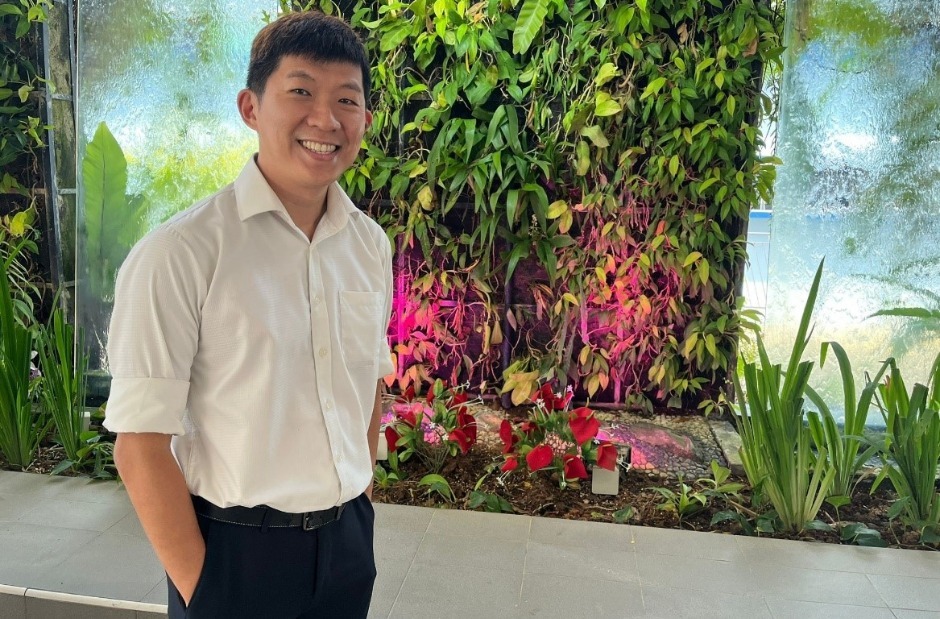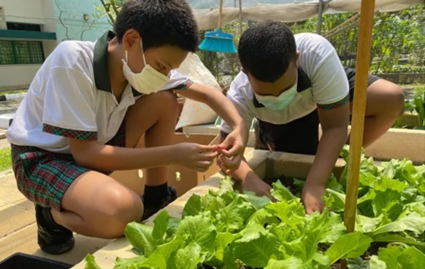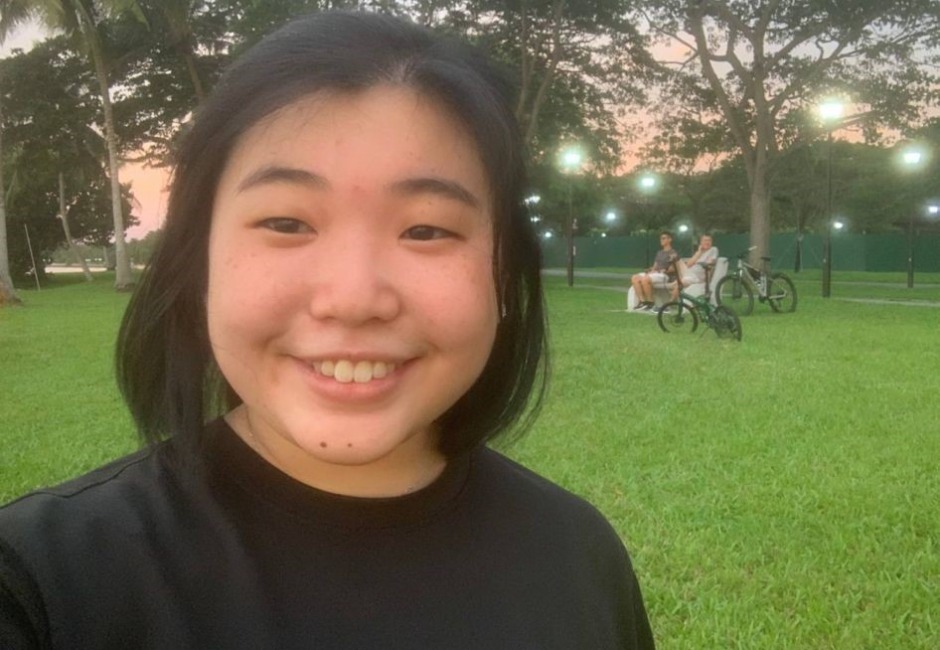Finding Your Own Formula In Investigative Maths Lessons
21 Apr 2011
The lesson kicked off like any other, as Mdm Alexandria Lim handed out worksheets to her class at St Hilda’s Primary School. But the speed and enthusiasm evident in the way the pupils collected the worksheets and got down to business suggested that this was no ordinary Maths lesson.
Working in pairs, the pupils then attempted to solve the assigned mathematical puzzles with the help of a set of small plastic cubes. The cubes can be stacked in a row or assembled into a solid plane of any shape. As they arrange and rearrange these modular manipulatives, the pupils move from concrete blocks to mental pictures to abstract numbers, learning in the process to think on their feet and arrive at different routes to the right solution, a journey that is as fun as it is fascinating.
Using patterns to solve problems
Such Investigative Maths lessons, which the school introduced in 2010 to Primary 3 classes, arose from the notion that children can chart multiple pathways to solving a problem. At the same time, pupils demonstrate their understanding of the solution by transferring tangible models into diagrams or charts that show their ability to convey a concept from picture to paper and back.
The pupils in Mdm Lim’s class continued to ponder a series of patterns with two missing links. Using the cubes, they created drawings on the worksheets and jotted down their observations. By comparing the cubic assemblies with their drawings, each pair then worked out how the series could be completed. And to make sure that the proof is in the pudding, they extended their mathematical solution to solve two other complex problems involving much bigger numbers.
It was a scene of intense concentration as Mdm Lim roved around the class, checking the shapes, sketches and notes, and giving gentle hints that do not take over the pupils’ own thinking and deduction processes.

Worksheet completed, problems solved. Now there’s time for a little creative fun with stackable cubes.
By the end of the session, most of the pupils have the assignment all wrapped up and in the bag. For Annissa Chan, who confesses to not being a fan of Maths, the exercise is a no-brainer, but not for lack of difficulty. “Sometimes the problems are very difficult and I get stuck,” admitted the Pri 3 pupil. “Maths is much easier this way, and I like it that there are different methods of solving the problems.”
Tiffany Wong and her partner Dorothy Yuen also welcome the chance to unravel the puzzles from their own perspectives. Having worked out the formula hidden in the series, the maverick pair decided to ditch the textbook solution and presented a longer alternative method of solving the worksheet questions.
Fun with numbers
After collecting the worksheets, Mdm Lim then led the class through the various methods they devised. One solution was dubbed the ‘guess and check method’. Giving their take on this choice, the pupils chimed that it could take ages before one arrives at the right answer. As one of them cheekily quipped, “You might guess and guess and guess until time’s up!”
More thumbs up were given to a group who methodically extended the numerical series and created tables and lists that depict clear patterns in the puzzles. Throwing a spanner into the works, Mdm Lim asked, “What if the question asks for the 99th pattern or 999 cubes?” The class opined that the tables would get too long, with one boy pitching in with dramatic gestures to show just how long the list could become.
Clearly, there was no single formula for success. But for many, the session helped to bridge the gap between building a sequence of patterns using just 11 cubes to applying a complex formula that can solve problems involving as many as 57 cubes. Seth Lee, for one, remarked that while he found the assignment tough initially, “it became quite easy as I was going through the worksheet.” The Pri 3 pupil added that he enjoyed Investigative Maths lessons as they require him to think out of the box.
Before class ended, the pupils shared their thoughts on the activity through individual feedback forms. After remarking that he had a lot of fun building the figures, one boy gave his seal of approval with a smiley face at the end of his comment. And making the leap from building blocks to a beam of delight, Charlene Chun reveals that using clues from the worksheet, she managed to deduce the formula in a very short time. “The class really makes you use your brains,” stated the Pri 3 pupil. “I like it very much!”




.jpg)



